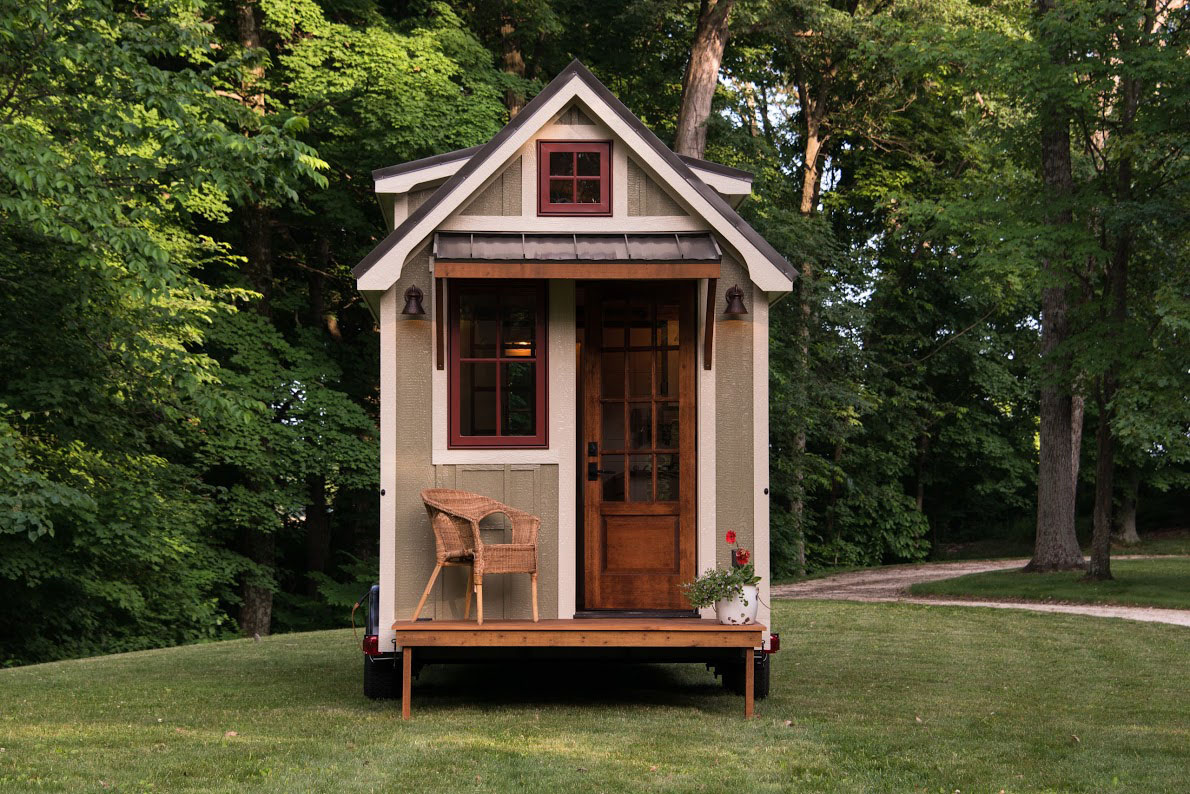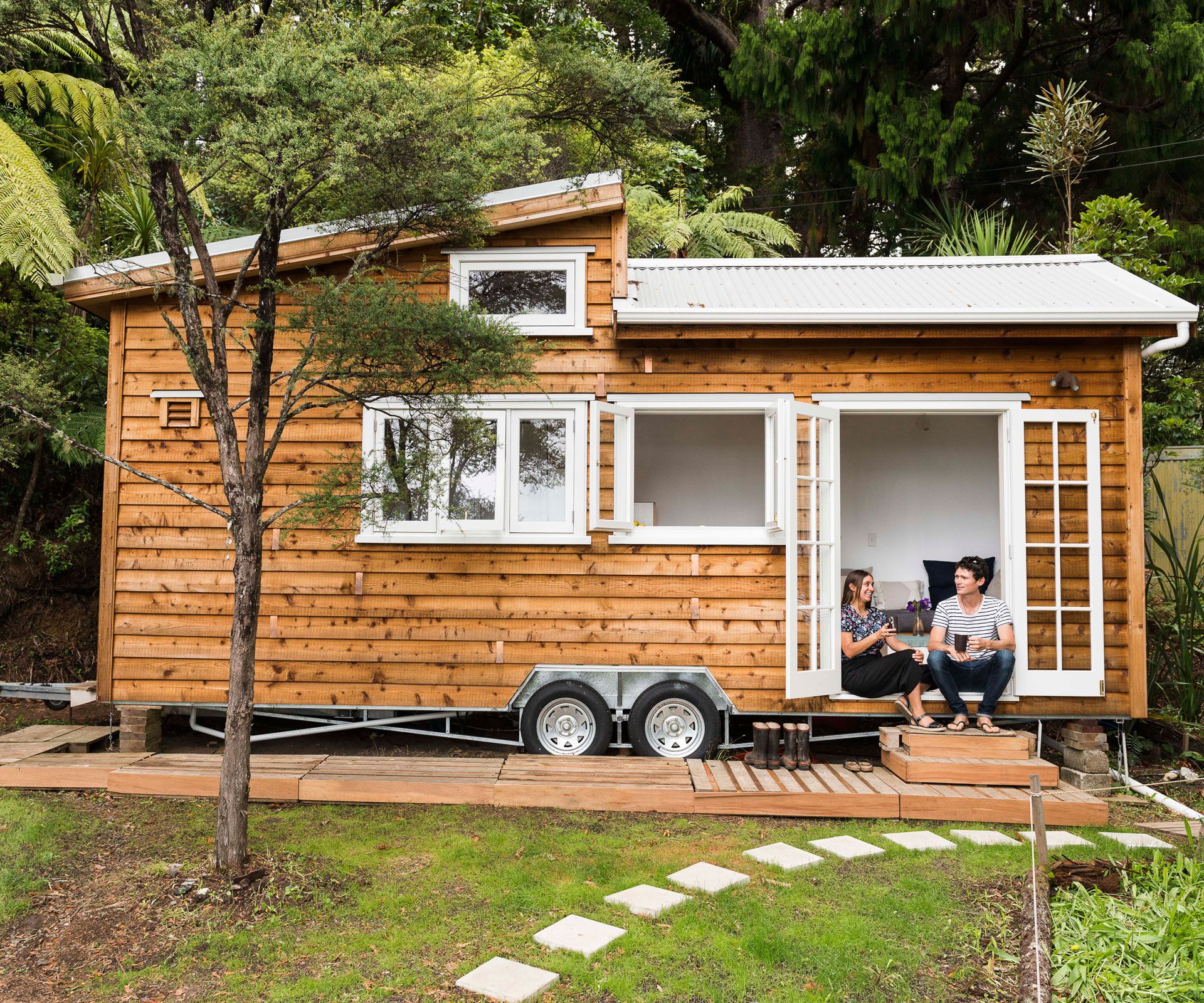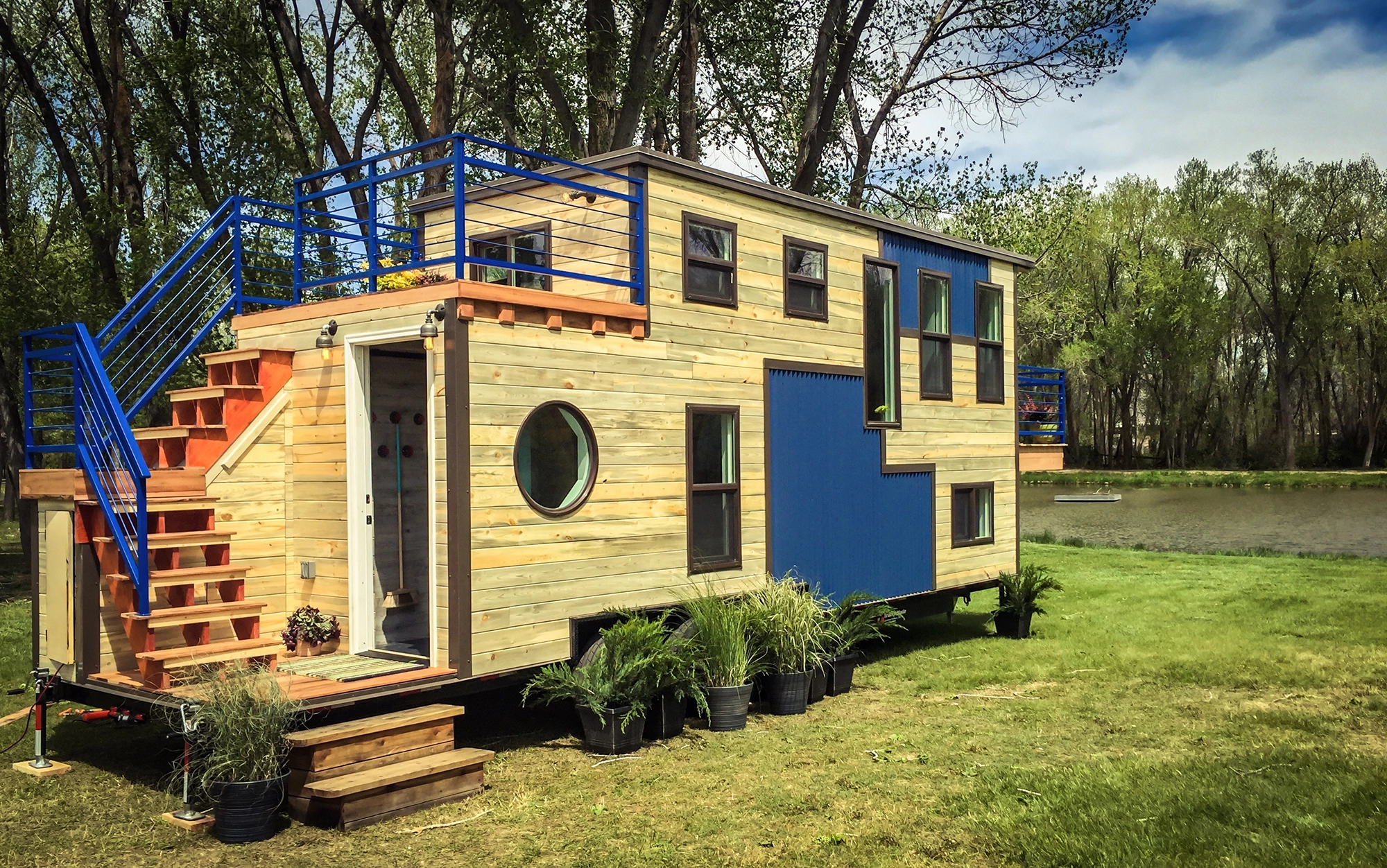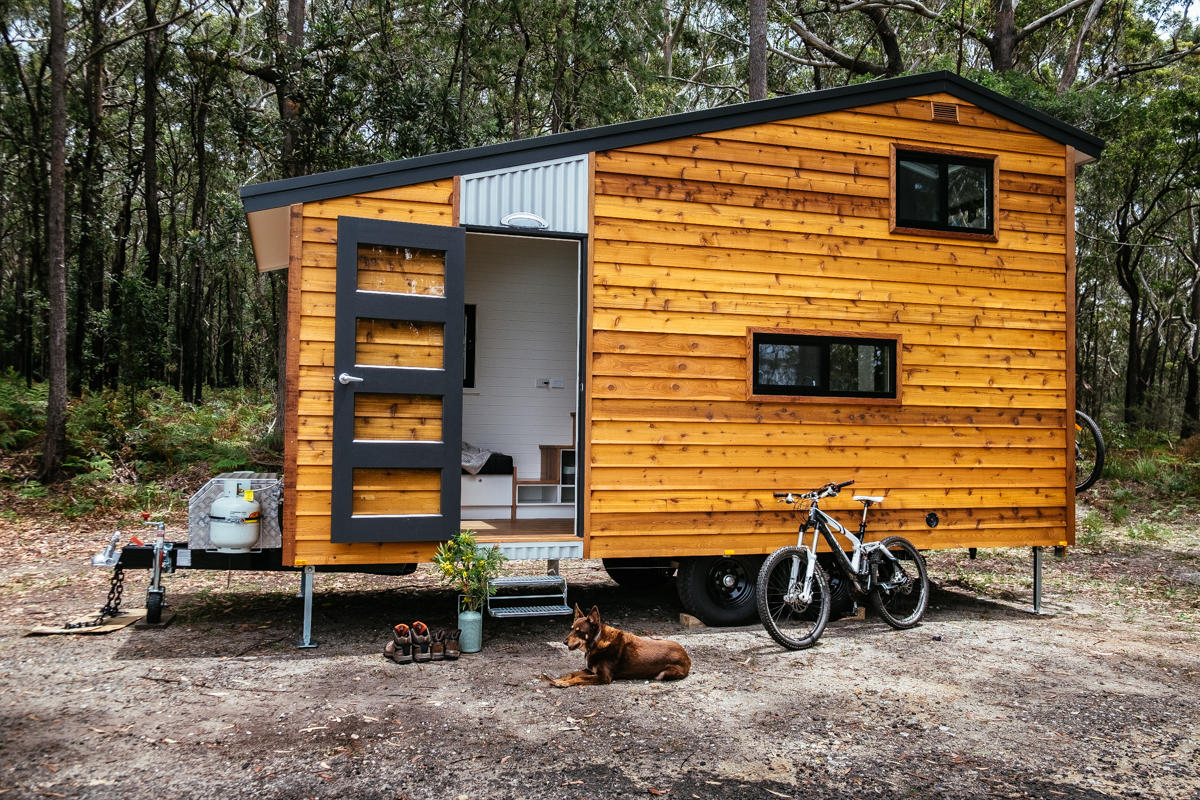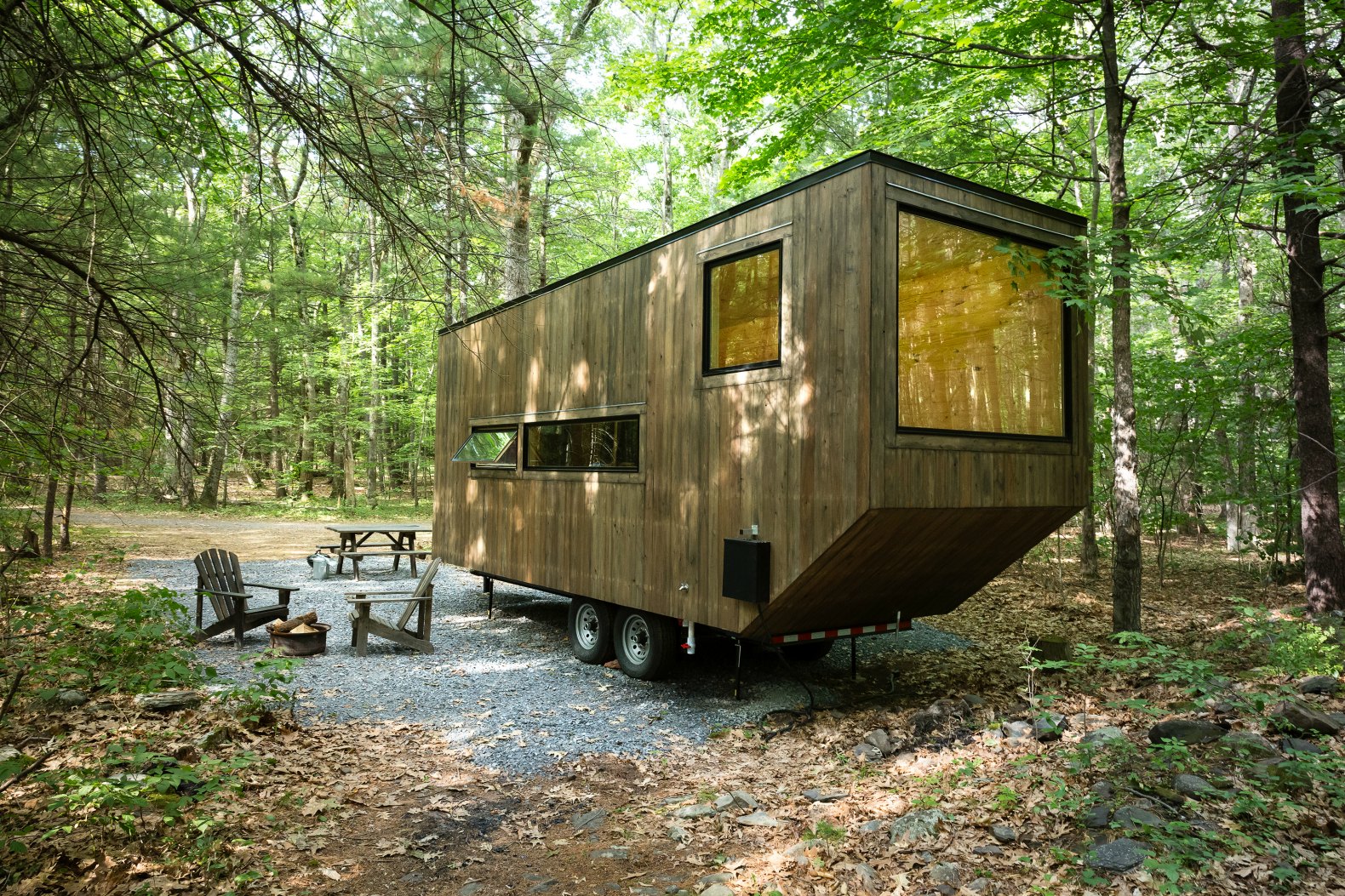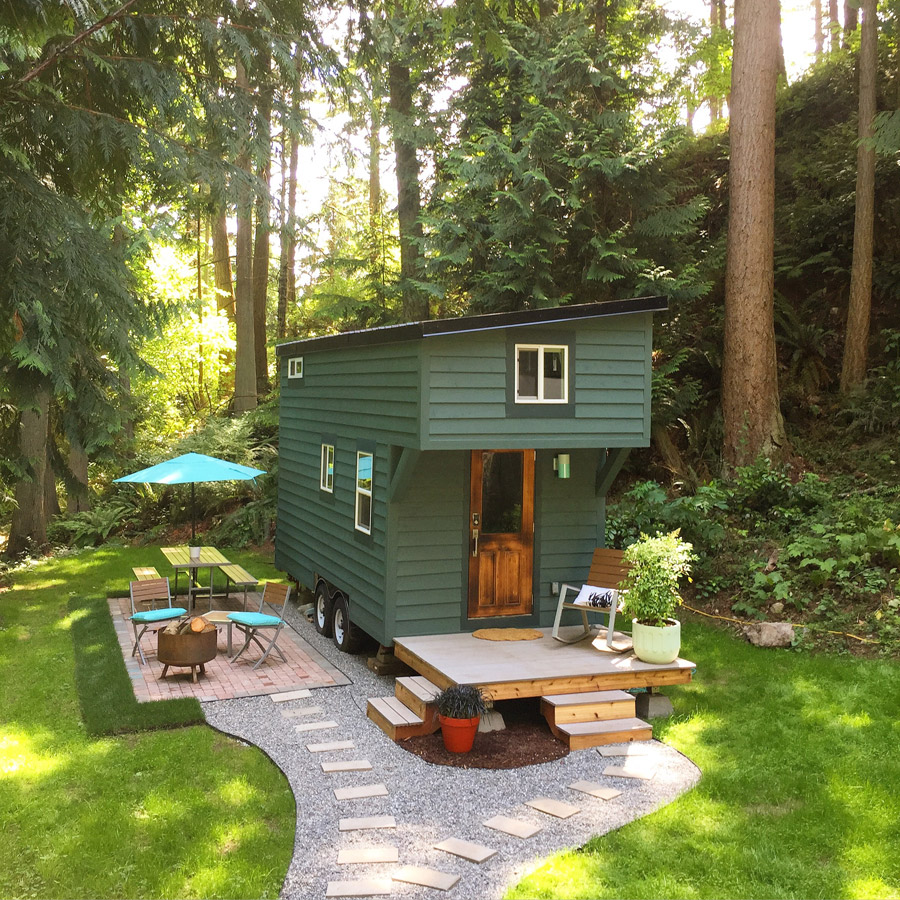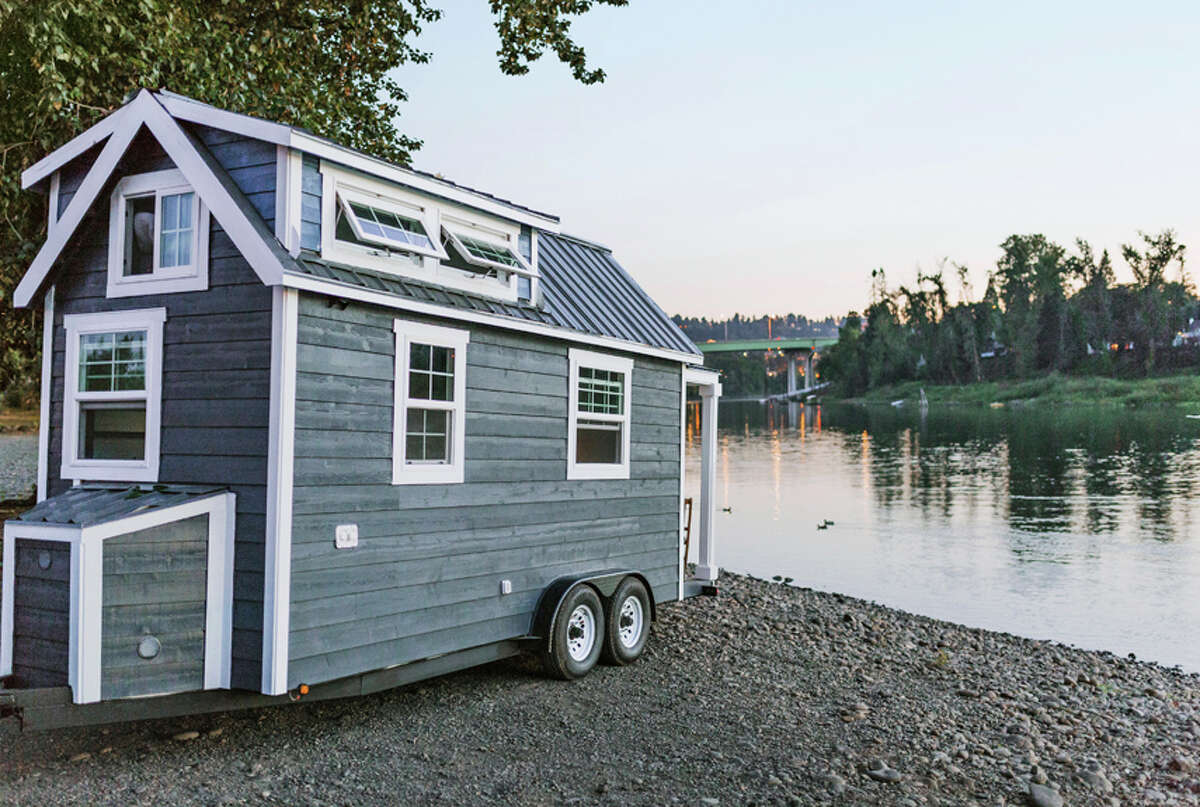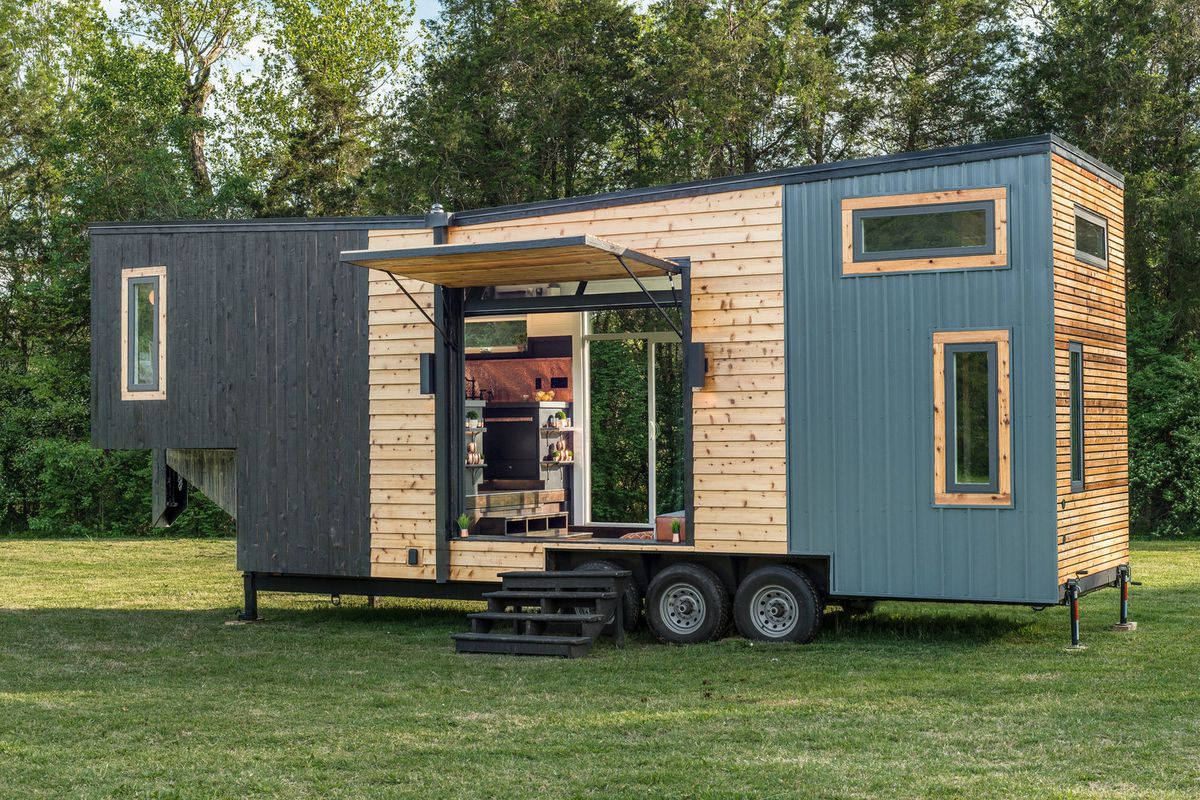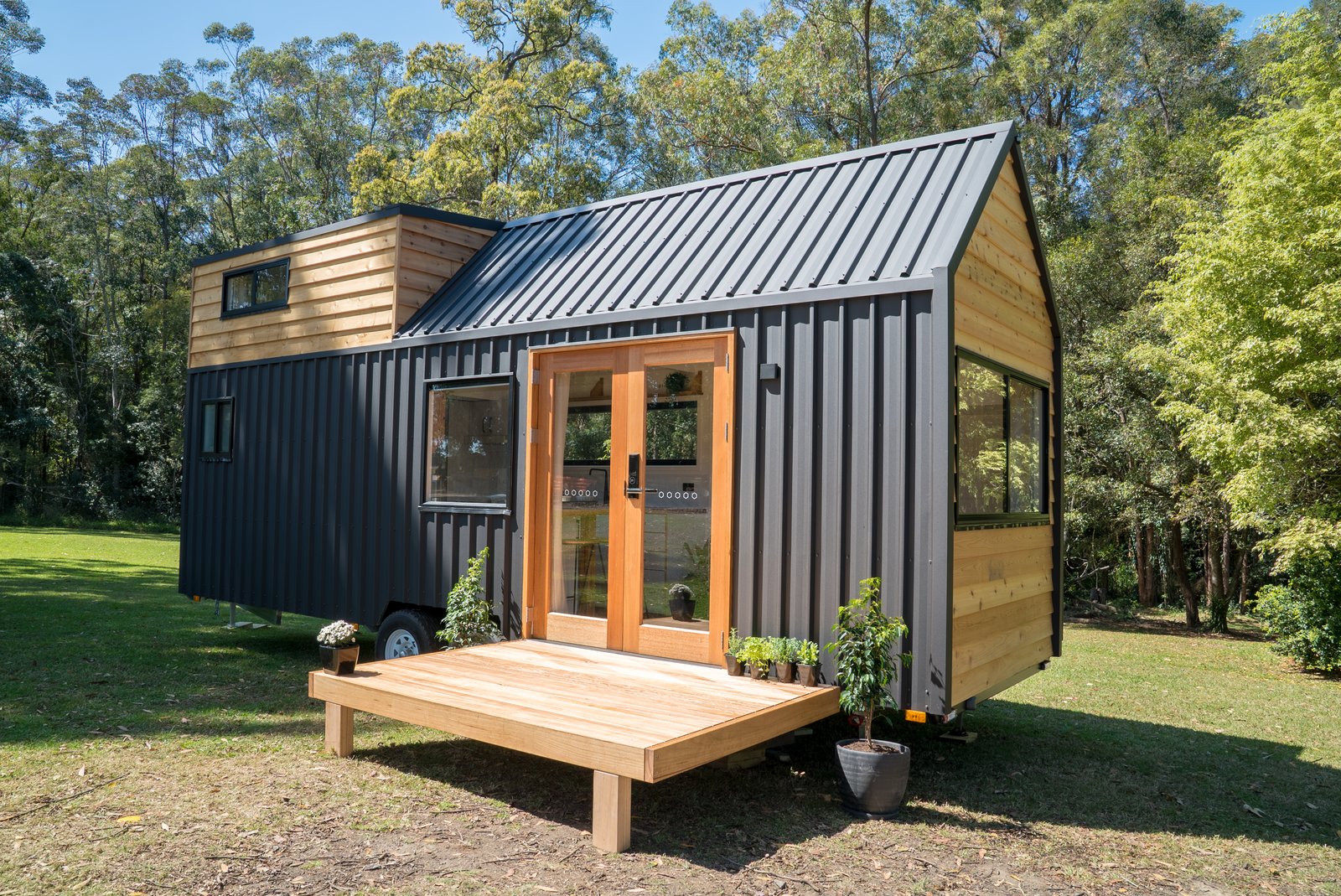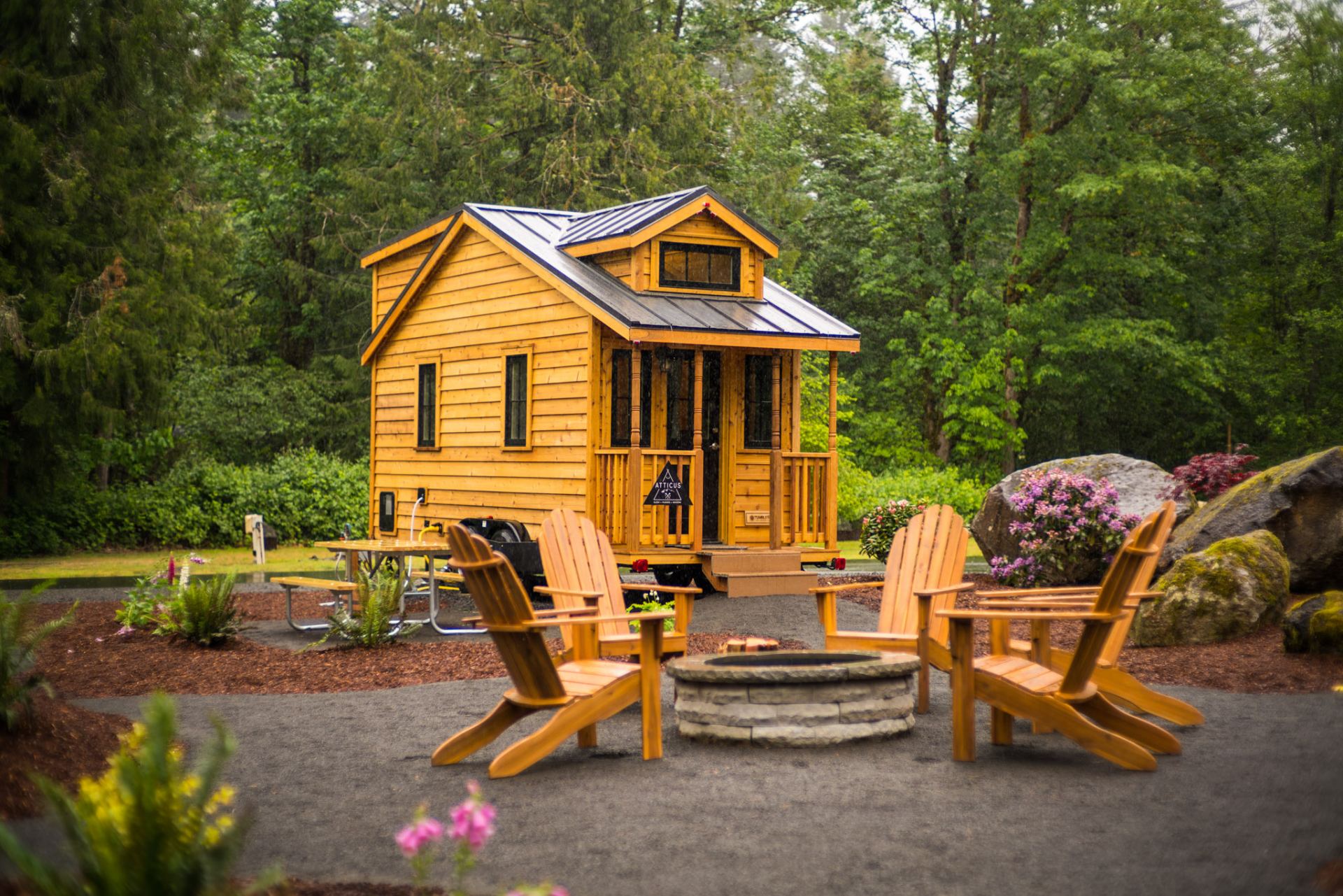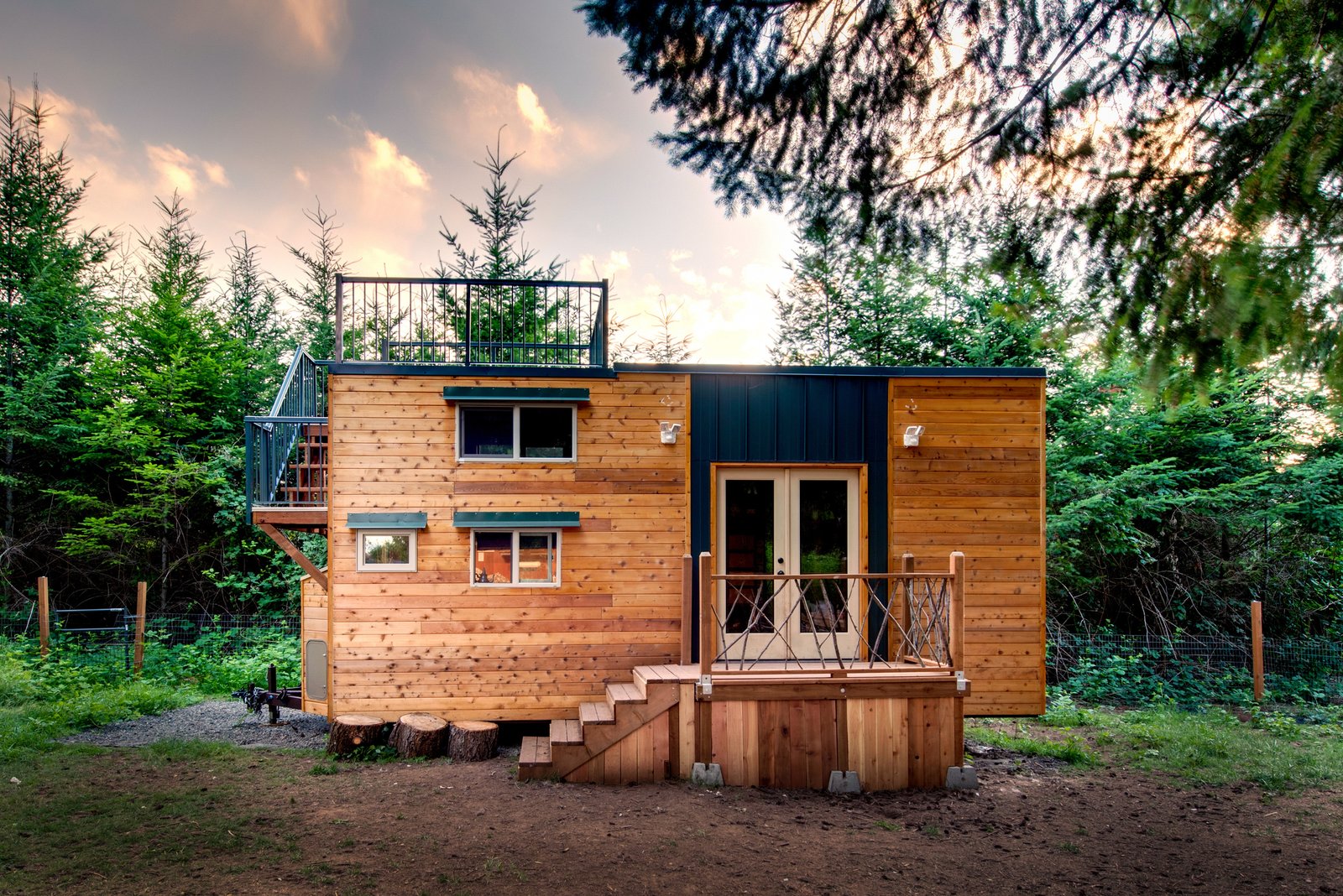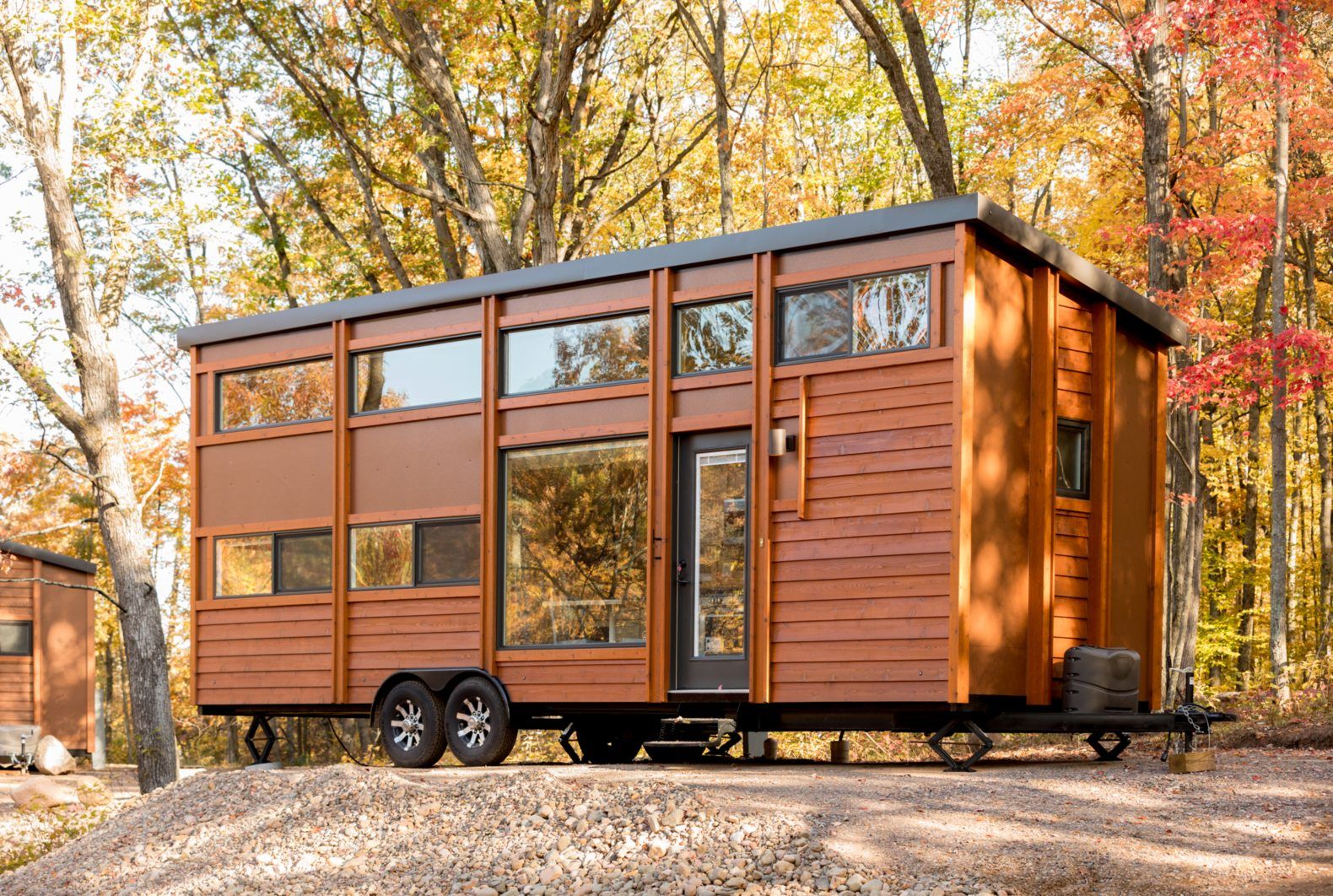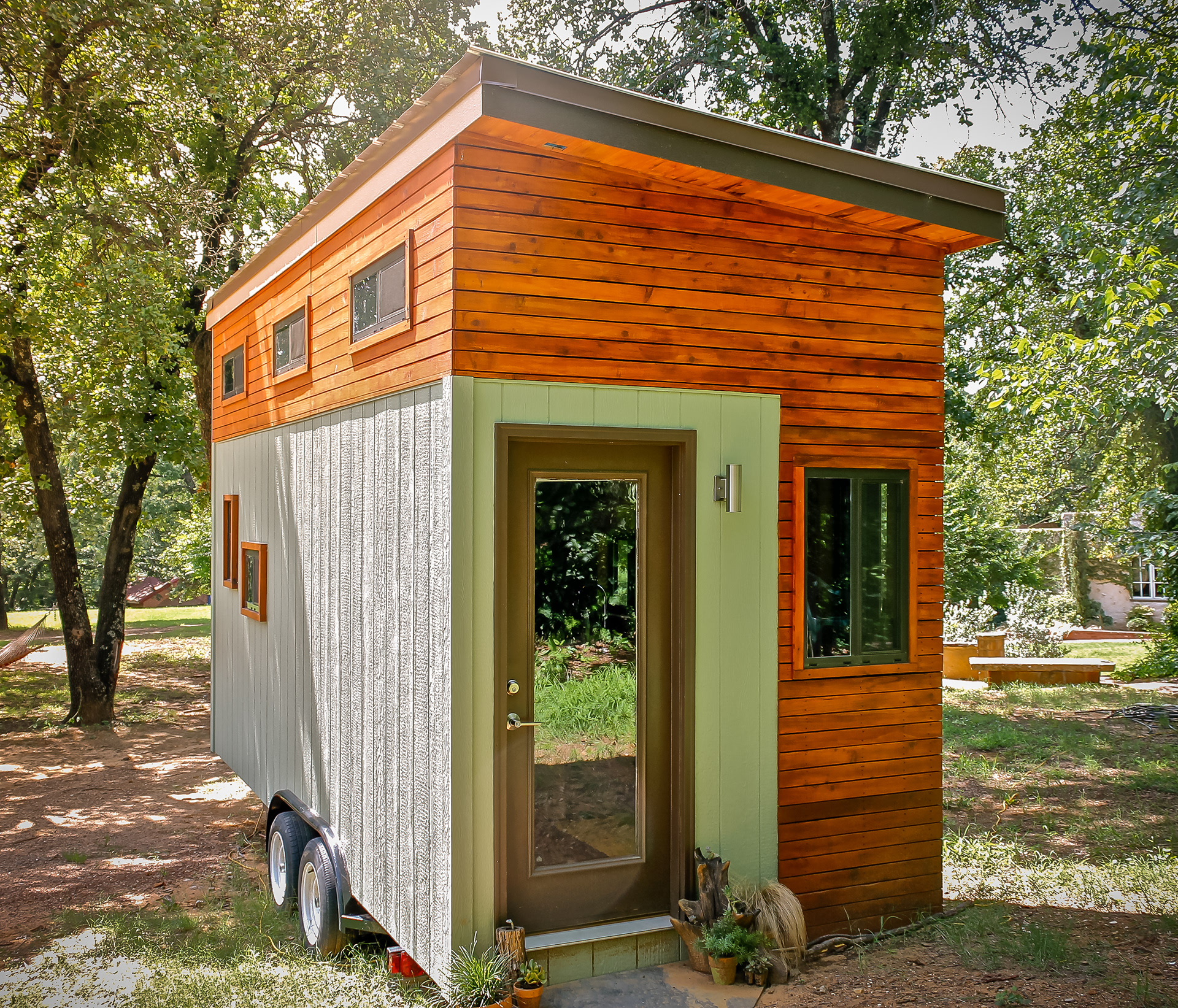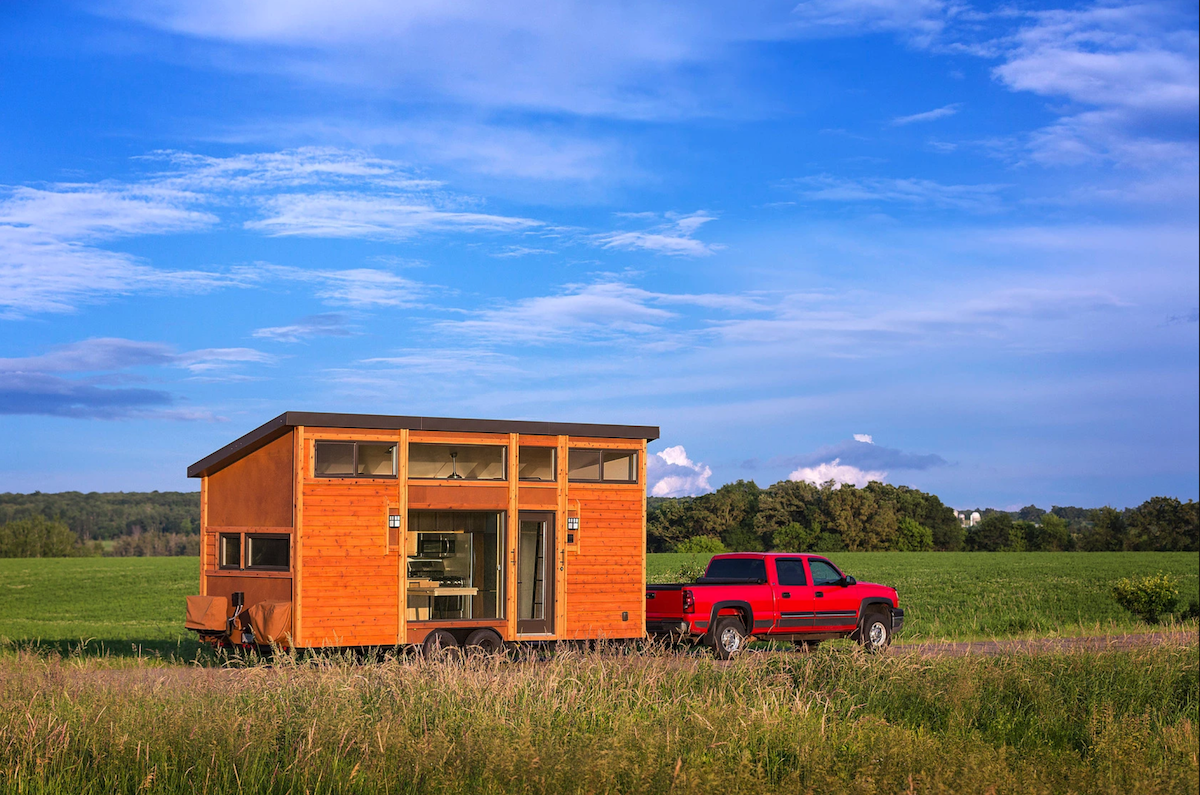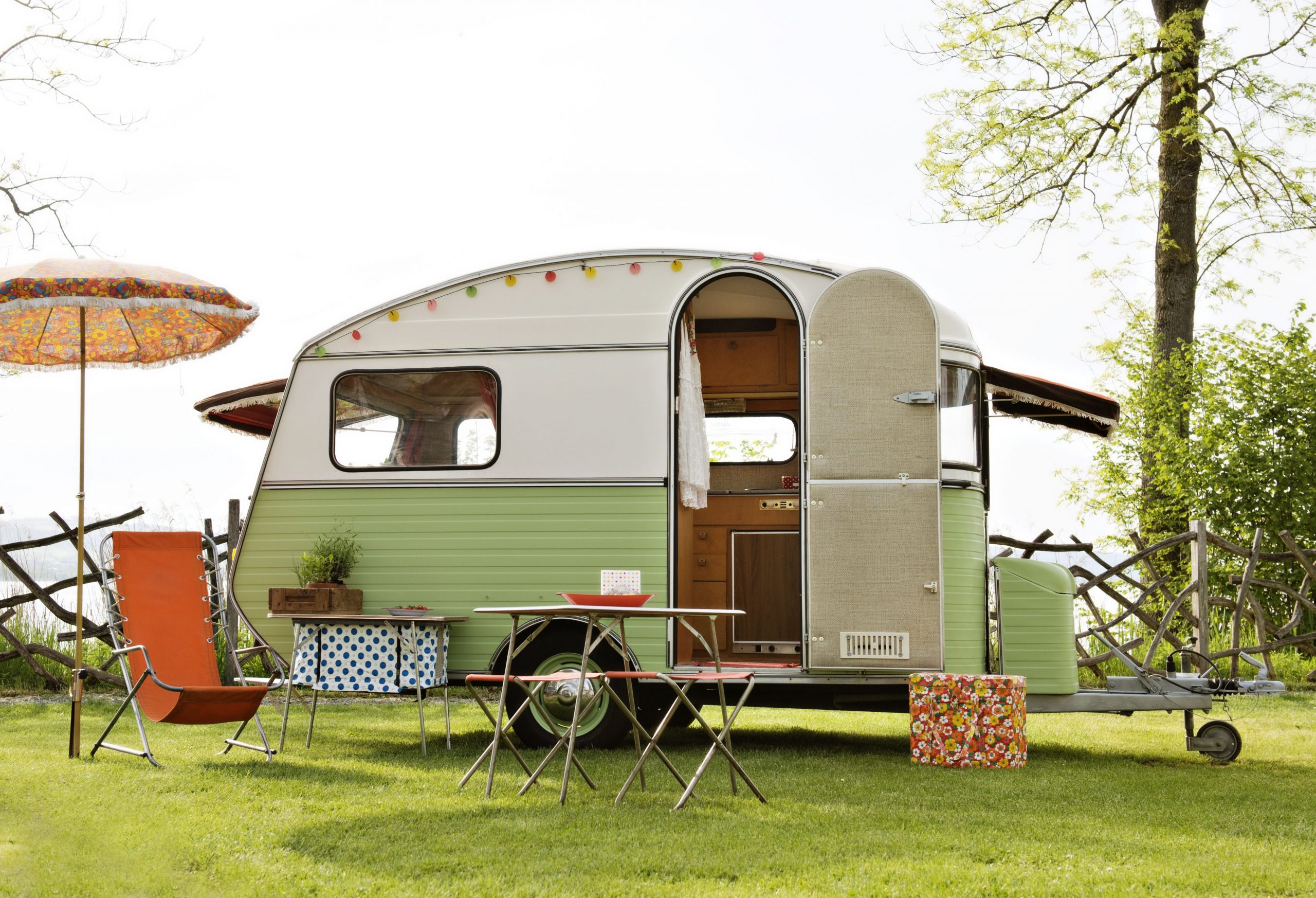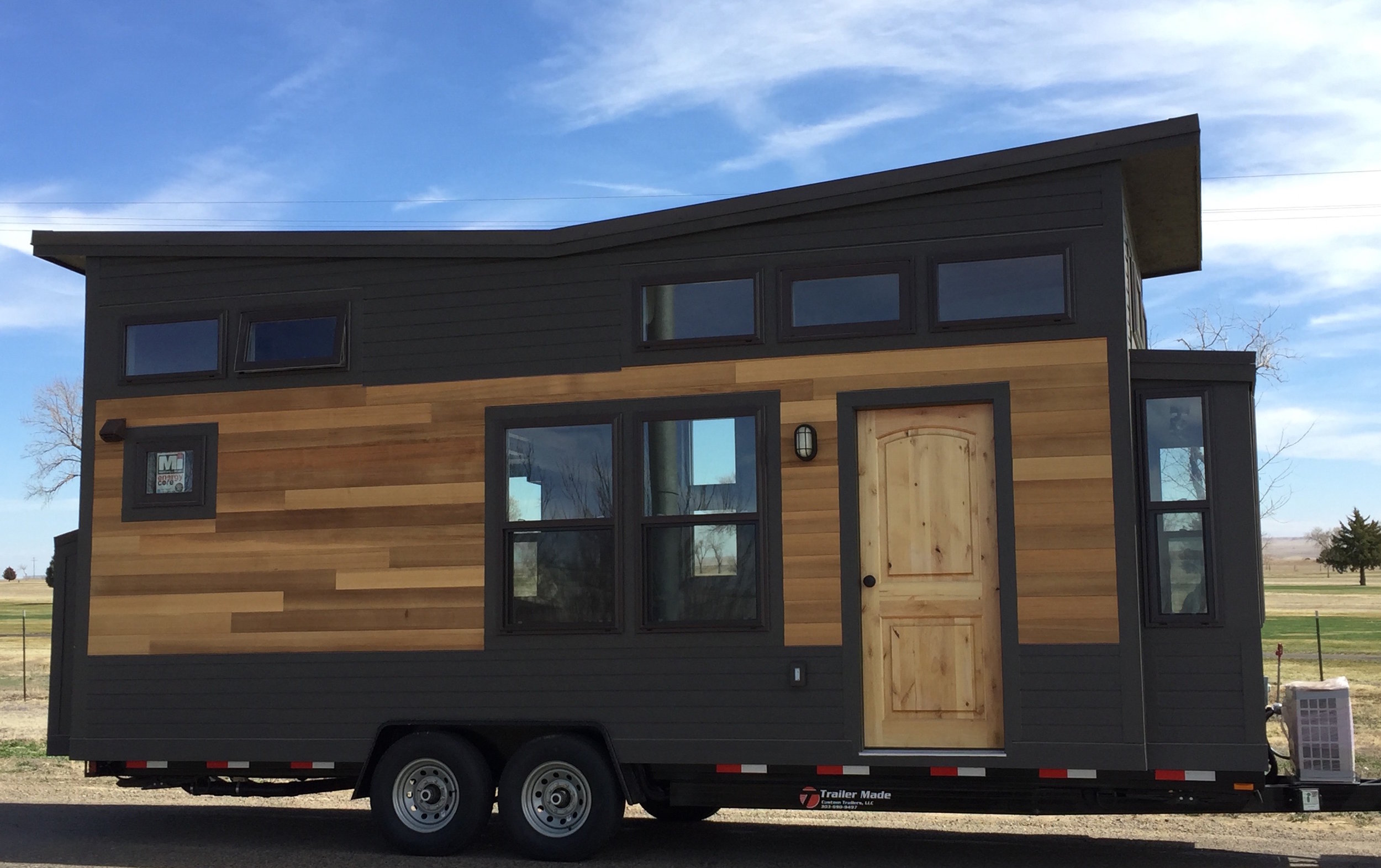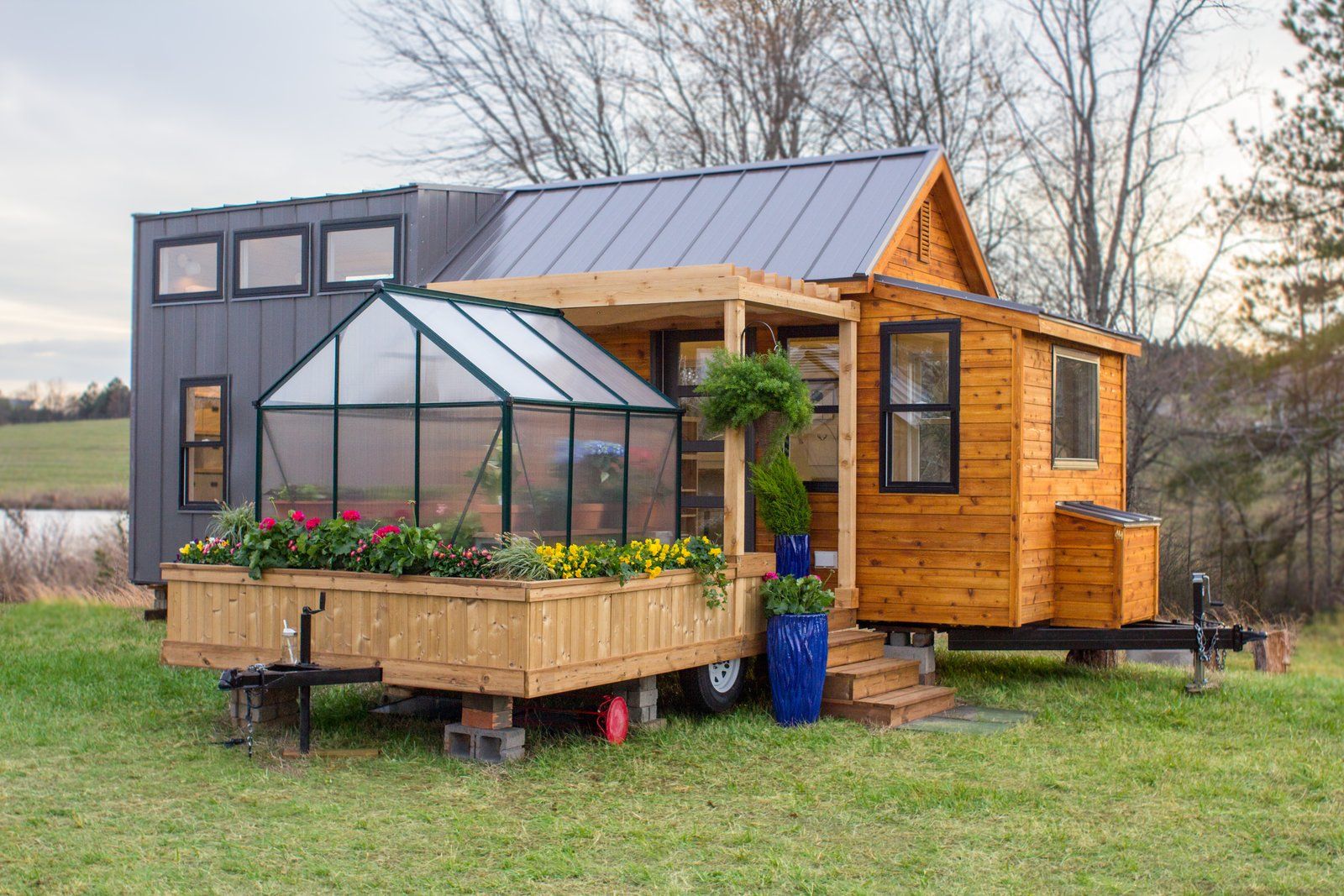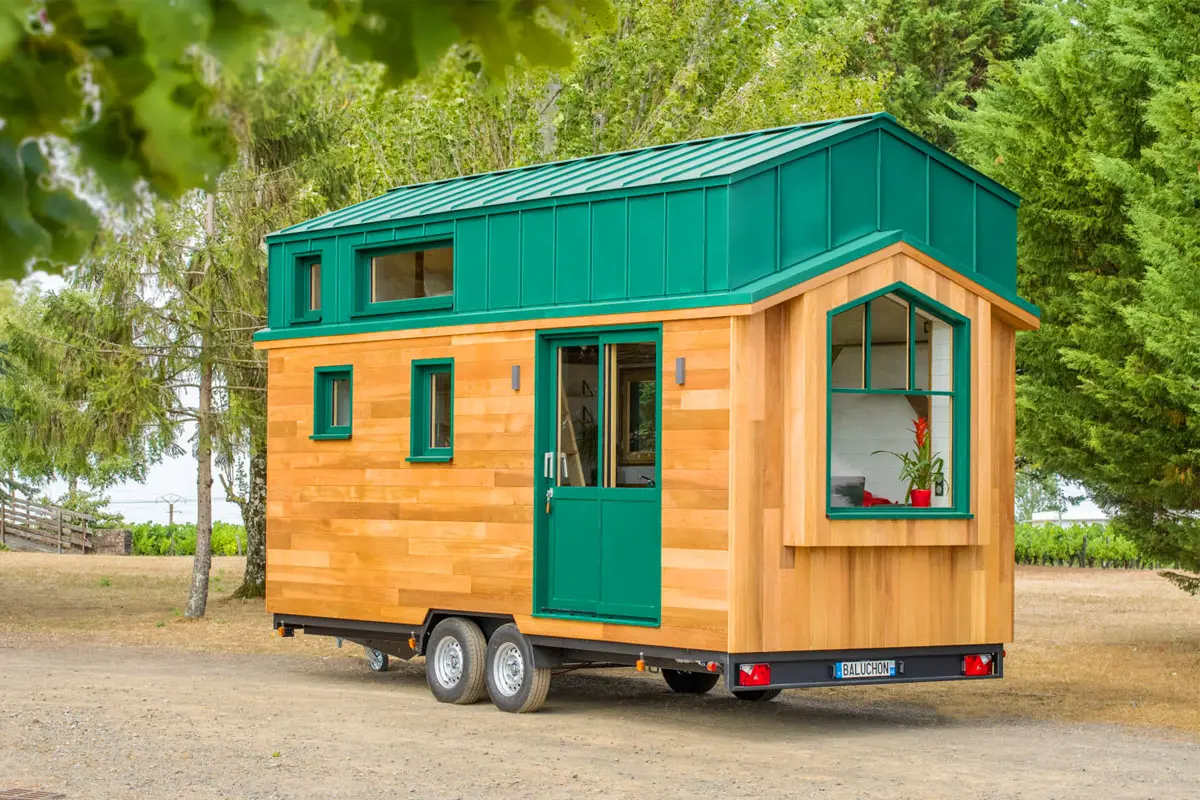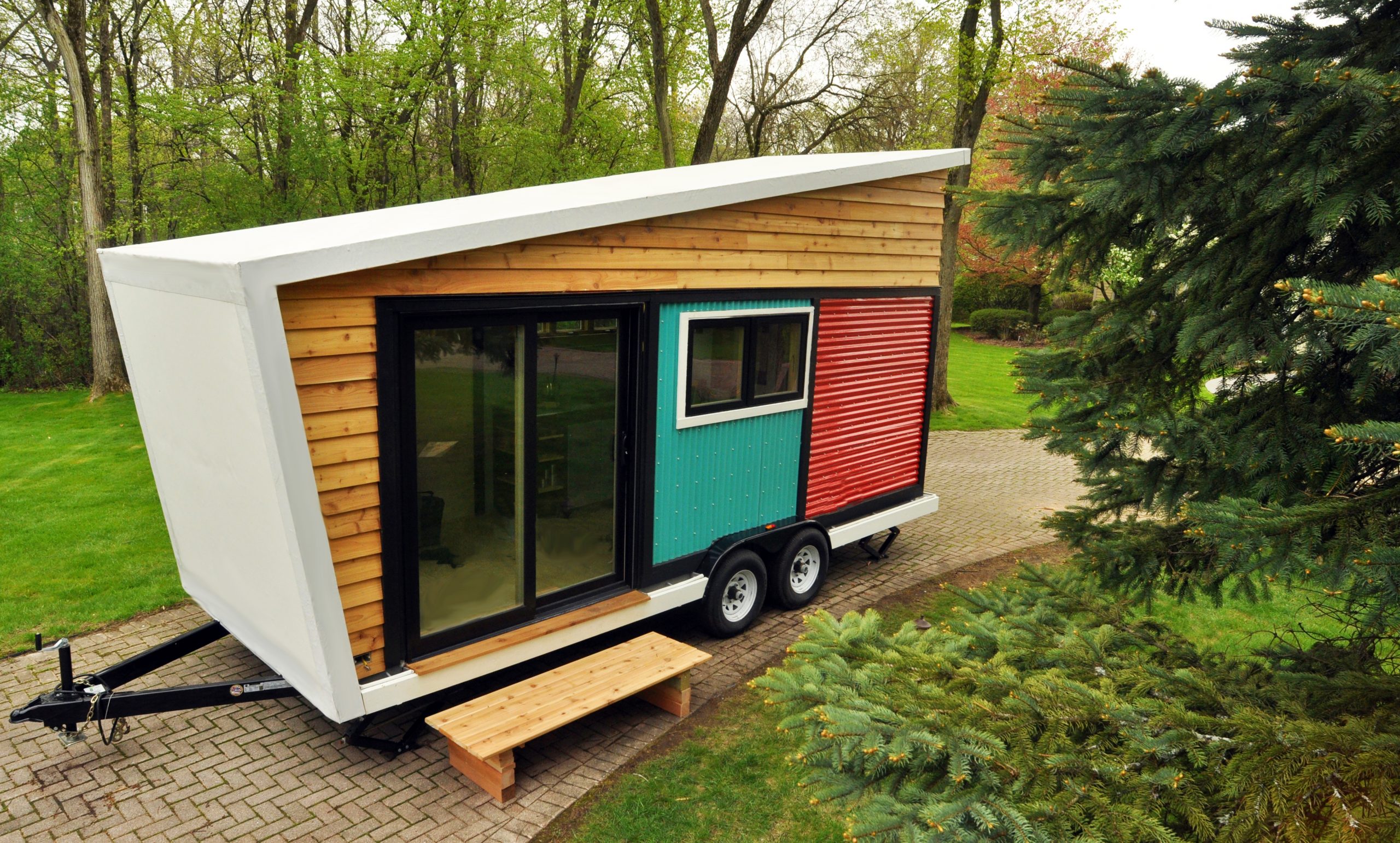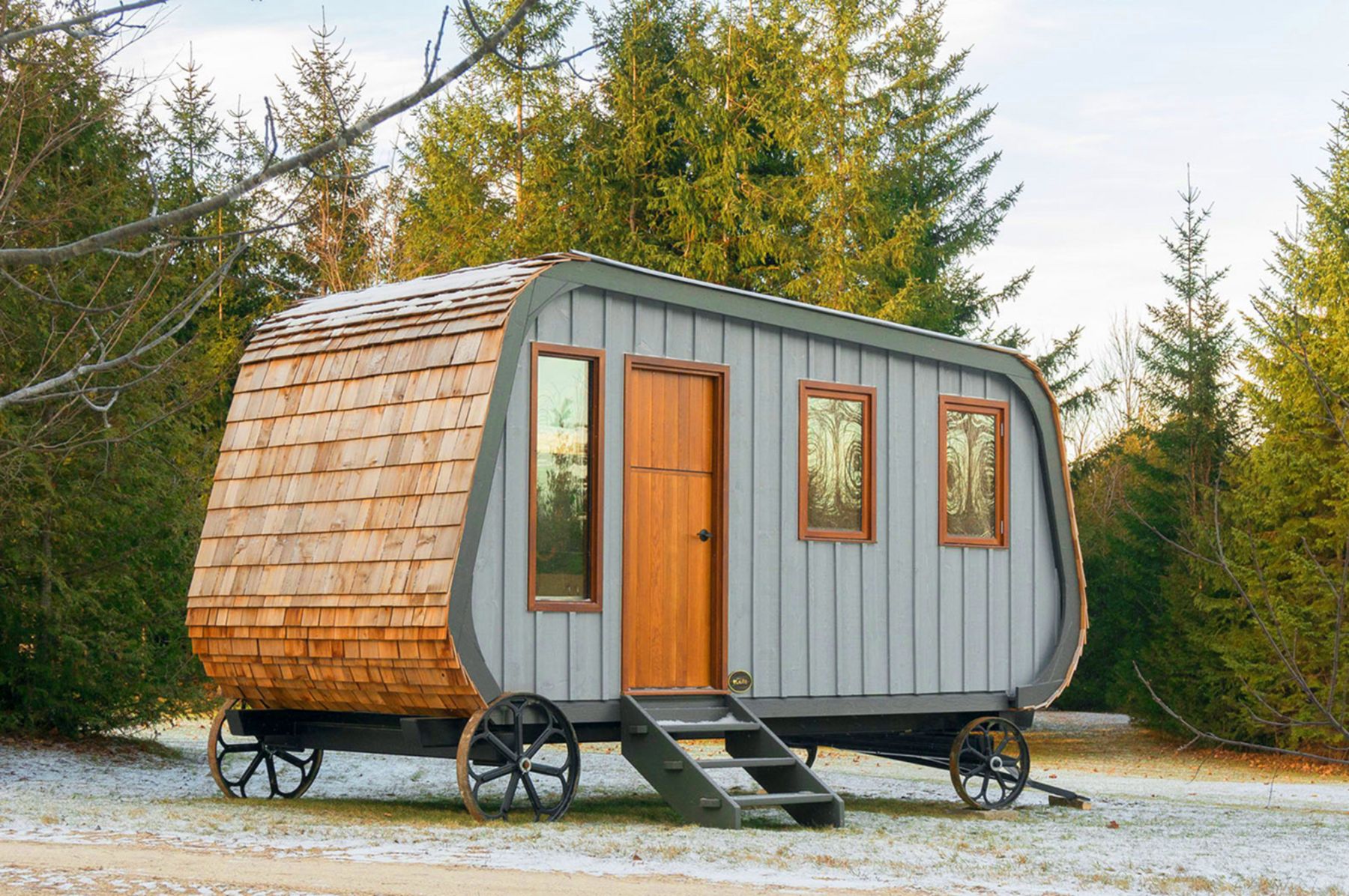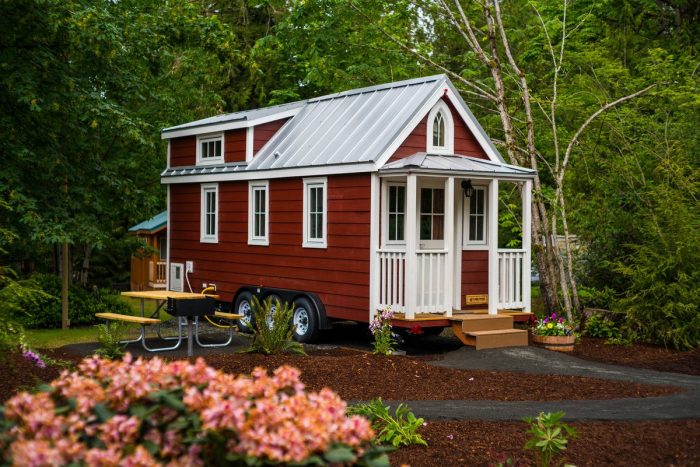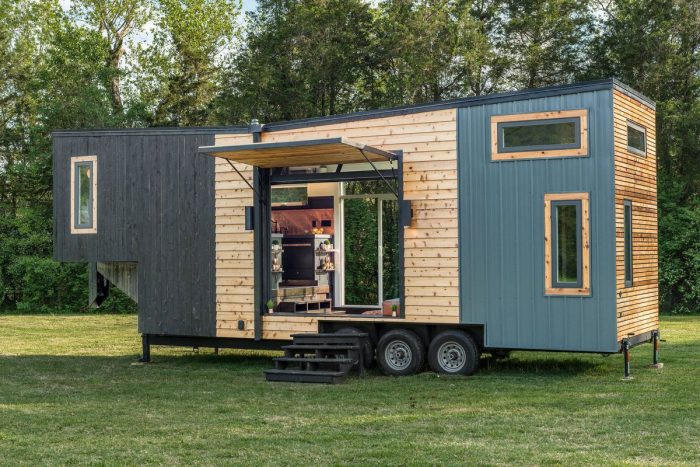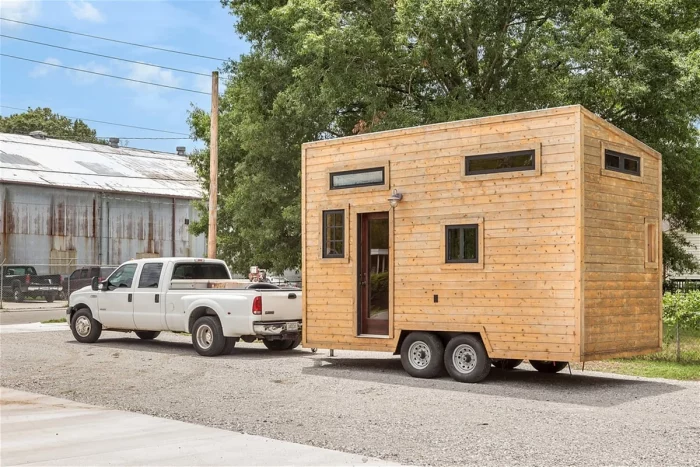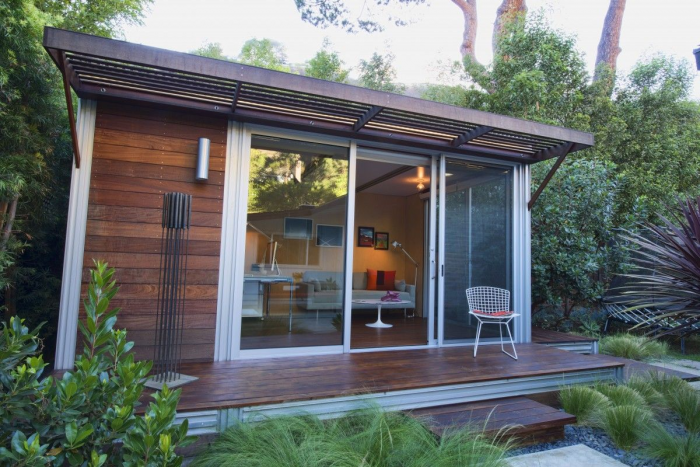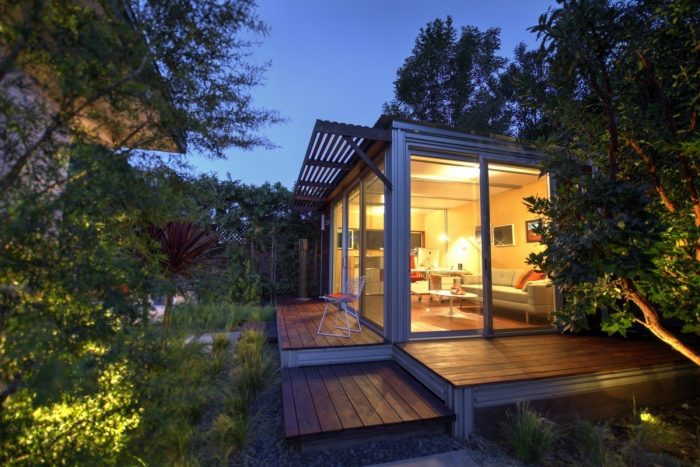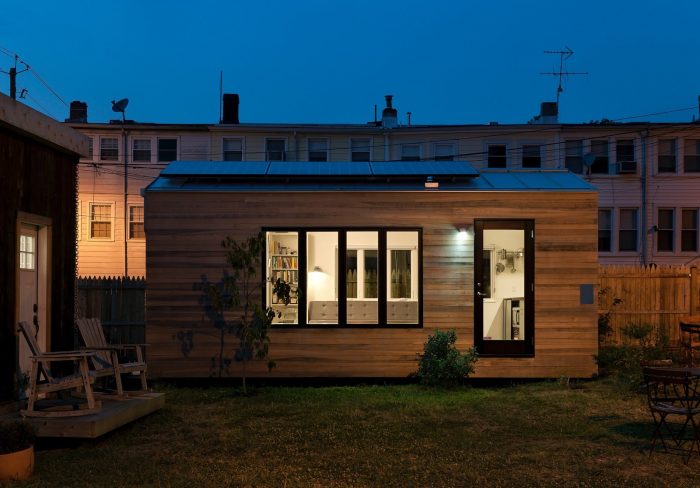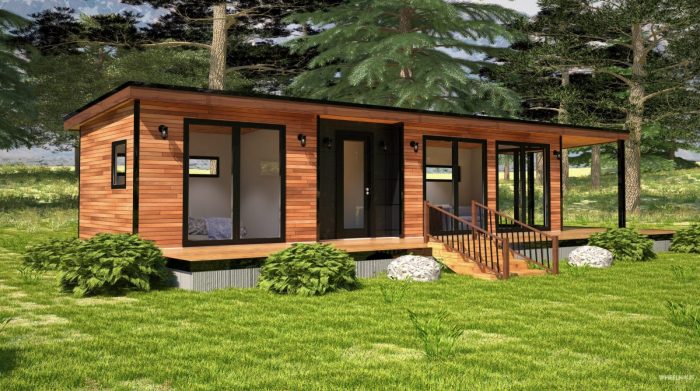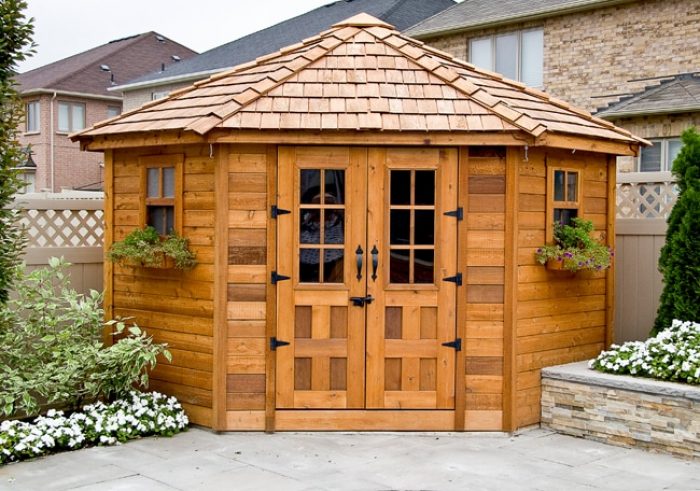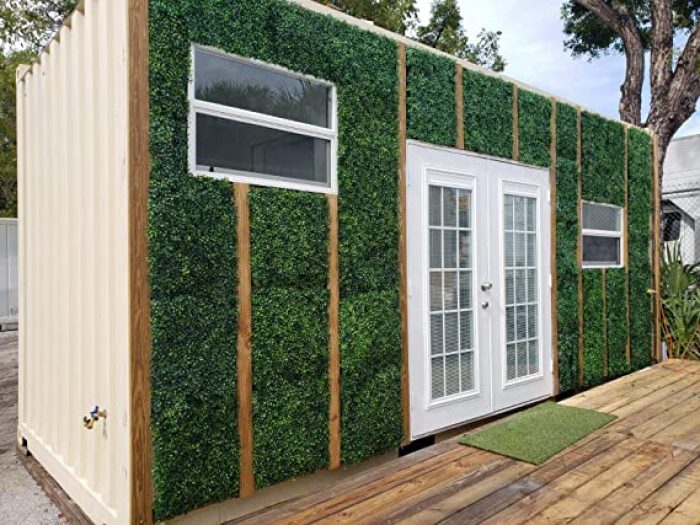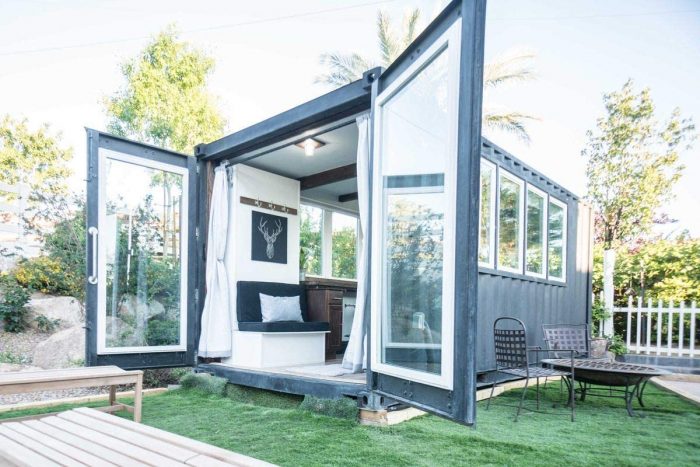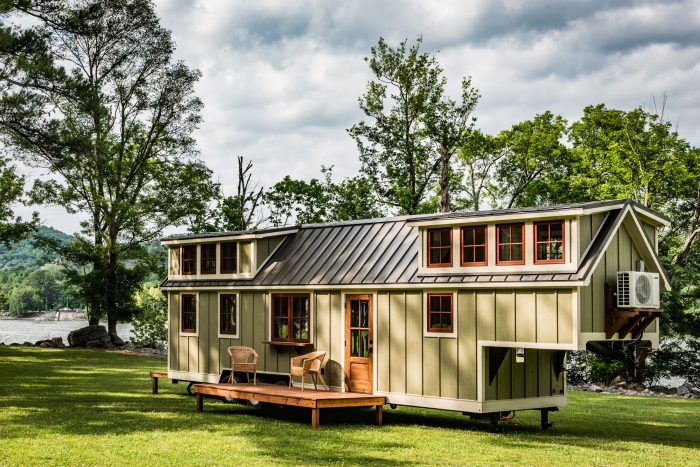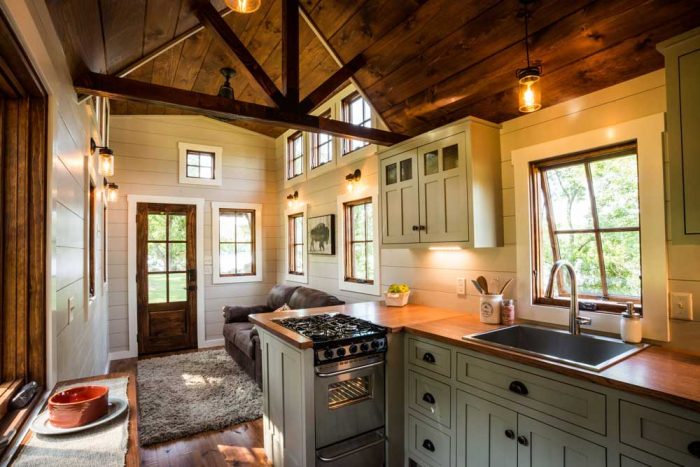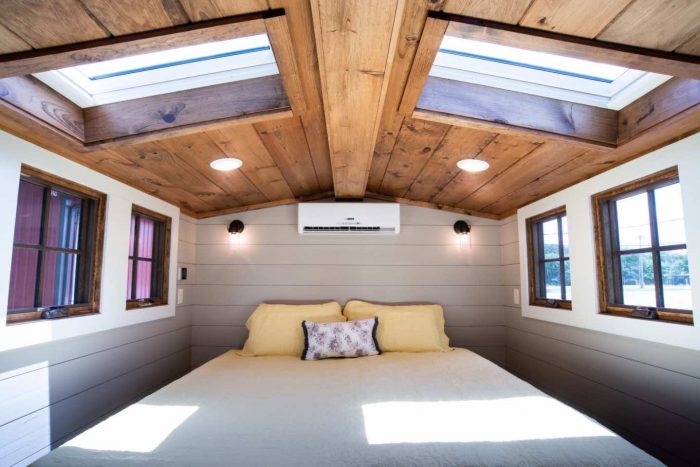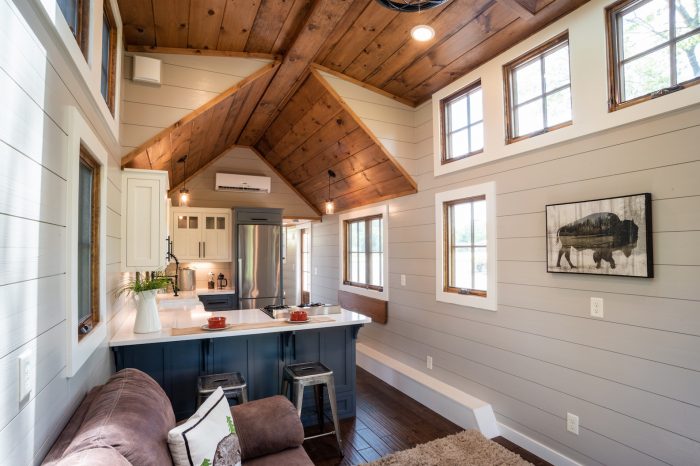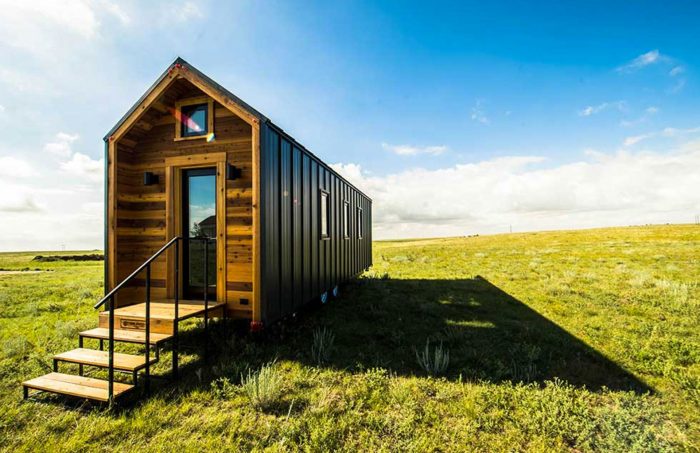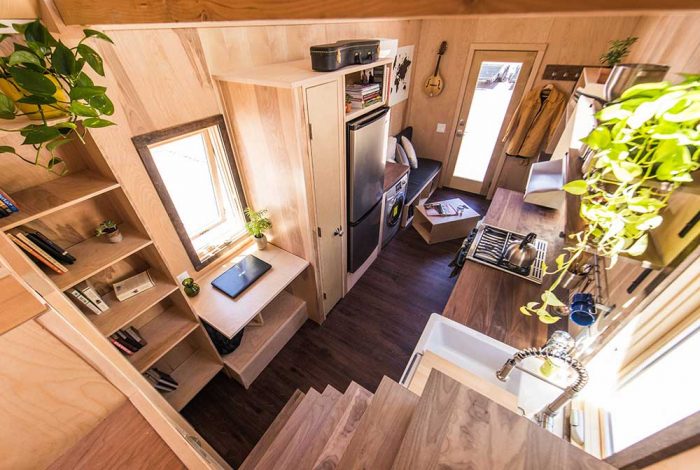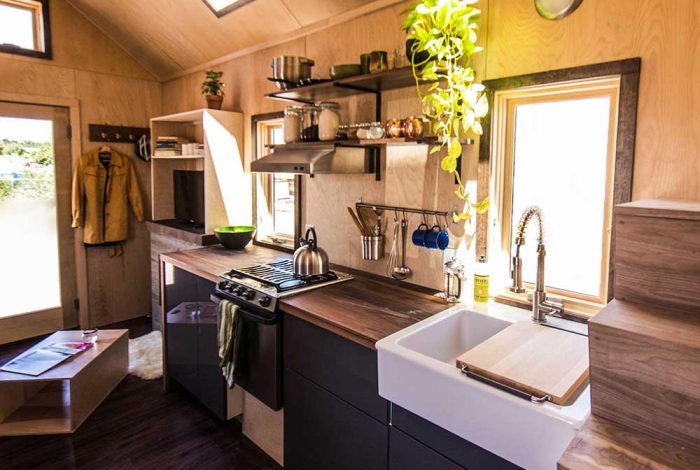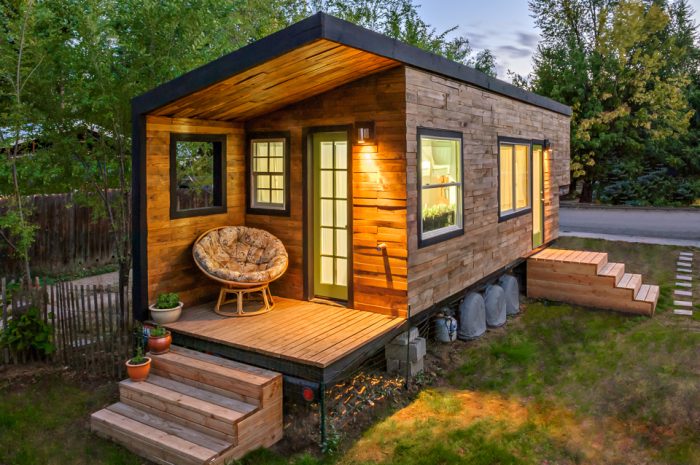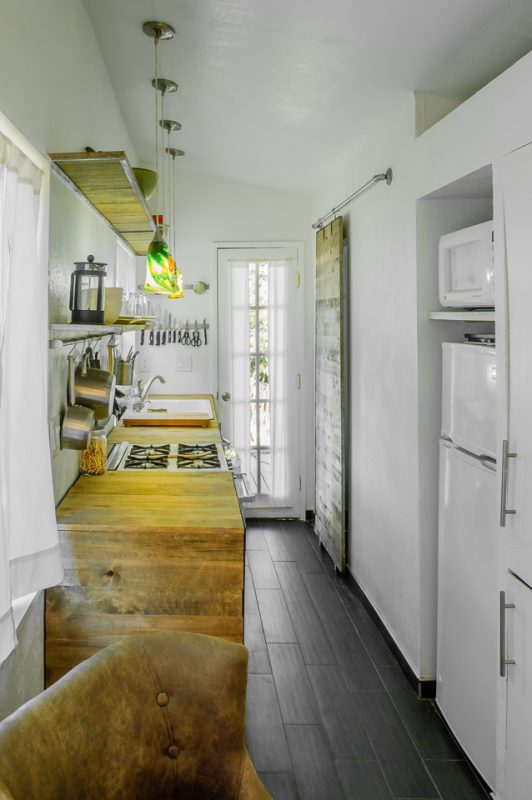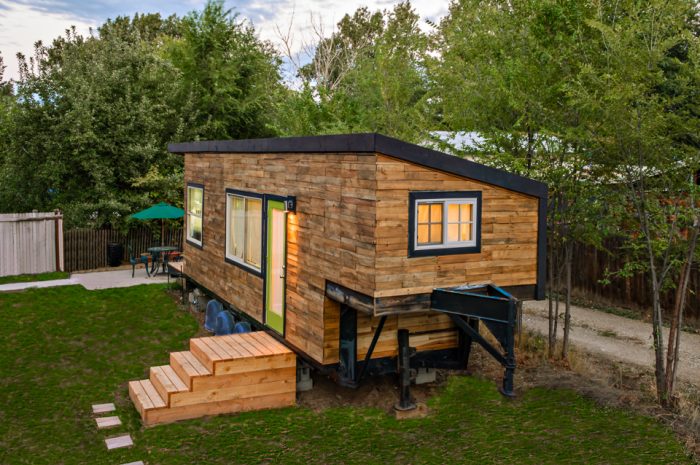After it’s been invading our world for the last past years, there are still very few people who haven’t heard about the lovely tiny homes, so occasionally, when you tell someone you want to live in a tiny home, they will ask, “A tiny house, what’s that?”
Since living in a micro home is like living in a box for some individuals, some folks are still surprised when they learn that you’re doing it. The primary aspiration of this generation is, however, tiny homes. Tiny homes are the most cost-effective and environmentally friendly design you’ll ever see, and the idea has undoubtedly evolved over the years.
What are Tiny Homes?
A typical tiny home is about 100 and 400 square feet. Micro homes have no set size limit, but they typically don’t exceed 500 square feet. Many people’s interpretations of the term “tiny house” exist. The philosophy behind the tiny house movement is to create a life focused on what is genuinely valuable and to be content with what you have.
How much room is required to live peacefully without equilibrium? How can you design a living environment that fits your personality and is as healthy, environmentally sustainable, and accessible as it can be? Endless questions people ask themselves. Settling down in a tiny house makes space for forming relationships, spending time in nature, and emphasizing discovering life.
Also read:- How to Make Your Small Spaces Seem Bigger with Lighting?
Is it cheaper to build or buy a tiny house?
The price to construct a tiny house depends on what you want from it and how you go about doing it. If you want to go all out and build using only high-quality materials and customized designs, your costs can rack up to $50,000, $100,000, and even more.
If you plan on saving as much cash as possible, it is possible to draft up a budget that adds up to just under $10,000 for the entire house. Suppose you have little to no prior construction experience. In that case, building the typical novice tiny home will cost between $12,000 and $38,000 due to hiring a professional builder.
When comparing a tiny house’s cost to pre-built ones, it was about $60,000 with all the necessary. Pre-built homes aren’t always as expensive as you might think, as evidenced by the $25,500 144-square-foot tiny house above built by Little Digs Living, demonstrating that you can purchase one for between $20,000 and $30,000.
Best tiny homes for sale:
There is something for everyone, whether your dream home is a tiny house on wheels that you can move around the country in or a home with a strong and durable foundation. Here are our top choices, listed according to price range.
1) K4.10 by Kithaus:
Cost: from $55,500
Size: from 191 square feet
Kithaus build modular homes and deliver them to your home, and they also provide four available modules for the K3, K4, K5+K6, and K8+K9. The K4.10 has a 191 square-foot floorplan, though you can choose a bigger one.
K4.10 includes insulation, power generation, a fully equipped kitchen, and a bathroom with a shower and a toilet. It has a rectangular shape and is constructed of dual-glazed low-E glass and wooden floors, giving it a contemporary appearance. Additionally, it has a small deck and an overhanging roof.
2) Micro House 2.0 by Minim:
Cost: Starts at $71,000
Size: 264 square feet
An enormous room with no walls to maximize space is a feature of this award-winning contemporary tiny house for sale. The stunning Minim base model house can be built to be either off-grid or on-grid. The tiny home features a large screen so you can enjoy watching movies with flair and a 10-foot kitchen to satisfy your cooking fancies.
3) Light-Haus by Wheelhaus:
Cost: Starts at $149,500
Size: 400 square feet
If you’re willing to go the extra mile for a fancy and luxurious tiny home, this light haus is probably your go-to. Up to four people can stay in this opulent tiny house with a 100-foot patio. A dining table, a full-sized kitchen, two beds, or a bed and a large L-shaped sofa, among other things, can fit inside. The only drawback of this structure is the absence of interior furnishings.
4)
Cost: $7,654 at WAYFAIR
Size: 9 ft. x 9 ft
This water-resistant, solid wood, double-door design, featuring two windows and flower boxes surrounding the house, is the ideal option for your summer vacation.
5) Prefabricated Modular Container House:
Cost: $29,000 at AMAZON
Size: 480 square feet
Built with modern weatherproof materials, this tiny house is weatherproof and leak-proof even in severe weather conditions. It is insulated appropriately to withstand extreme temperatures. It also includes AC, fire alarms, smoke detectors, and every other modern improvement possible.
Read more:- Cabanas Tiny House | Duda Porto Arquitetura
Best tiny homes on wheels:
Tiny houses on wheels provide an amount of independence and versatility that is impossible in a large home due to their size, flexibility, and low cost. They give you more time to do the things you love, financial independence, location flexibility, and less messiness. Here are our top five picks for a tiny house on wheels, whether you want to travel more or live more sustainably.
1) The Denali XL (The Largest tiny house on wheels):
The Denali XL is Timbercraft Tiny Homes’ largest tiny home. In contrast to other tiny homes, the 400-square-foot house feels like a mansion thanks to its efficient use of space.
The 399-foot living area of this sizeable tiny home on wheels has powered huge windows and high ceilings. This enormous capacity gives its residents plenty of extra space and transforms the small, cramped space into a roomy, peaceful setting.
In addition, The Denali XL intends to provide natural daylight and pure air, which saves energy and creates the sensation of space. Its walls are reinforced with spray foam technology, which controls interior temperature.
2) Farallon Home:
The sleek and narrow “Farallon” home, created by Tumbleweed Tiny House Company, is available in 20- or 26-foot models, combining traditional and modern materials to recreate some of the glimpses of an old farmhouse but on a much smaller scale.
The standing seam metal roof, siding, and steps provide excellent protection from climatic conditions, making it a solid choice for homeowners looking to downsize. In contrast, the wooden front facade and steps provide a welcoming entrance.
3) Good Old Days (Original Home Design):
Even though it only took MiniMotives’ innovative builders 18 months to build this tiny house, the getaway’s rustic appearance is a result of the siding and decking and the softly lit exterior ceiling lights.
However, sustainability, not attractiveness, was the driving force behind this design, which is why the house has recycled pallet wood, a composting toilet, and heating systems.
What are the disadvantages of a tiny house?
Tiny homes are a growing trend, especially for youngsters who want to live debt-free by owning a place to call their own without worrying about a mortgage. This highly specialized market is well-liked by people under 35 who may have learned life’s harsh lessons by witnessing their parents’ struggles to maintain their homes during the economic downturn. Considering living in a small house, consider these critical factors as we list some of the disadvantages of doing so below.
1) Living Space is Limited:
Despite the ongoing efforts of construction workers who are getting inventive with maximizing the available space, limited space is still one of the most infamous features of tiny homes. Limited space means having enough space for you and your family to live comfortably. As a result, you might enjoy the outdoors if you need a break from your partner or kids.
2) Tiny house laws differ and can be difficult to follow:
As a matter of fact, Due to their zoning restrictions and safety concerns, tiny homes aren’t regarded as legal housing in some states. Tiny houses are typically not found to meet the minimum square footage requirements in states, making registration and acquiring permits more daunting.
3) Cooking in a tiny house can be your daily struggle:
Cooking in tiny a tiny home can be a nightmare, aside from having only a portion of a counter and gas stove available. The owners must drive to the grocery store more frequently and cook more regularly because the fridge and store room are also small, which increases their gasoline usage or causes them to give up on their kitchen and eat out more often.
4) Restricted Possibility for Entertainment:
Let’s face it; it is impractical to host a Thanksgiving dinner for ten when your table barely fits four or to welcome your guests to stay when there isn’t space for a spare bed. Many tiny homeowners try to compensate for these issues by adding more outdoor living areas, like a jacuzzi or a verandah for picnics. Some people even construct a second tiny home to serve as a guest cabin, which would eventually grow the expenses you wanted to preserve.
Living in a box isn’t for everyone. For example, anyone who experiences claustrophobia or is passionately attached to possessions that require a lot of space won’t feel at home in an area this small. Furthermore, living in tiny homes becomes more difficult as a family grows. Of course, there are several solutions to this issue, but they can occasionally be very costly.
The best candidates for tiny homes are those willing to abandon the generally accepted cultural concept that “more is better” and replace it with “less is more.” In other words, less space and less junk to fill it with contribute to more financial savings, greater freedom, and more time for essential things.
The most frequently asked questions:-
What is the lifespan of a tiny house?
Tiny homes can last between 30 and 50 years with careful maintenance. Naturally, many different things will affect this, such as the materials used to build it and the construction method. A tiny home without a base typically breaks down faster than those on wheels.
What is the largest size a tiny house can be?
It appears that tiny houses are often between 60 and 400 square feet if you need a general guideline. Although you're approaching a "tiny house" area, you might theoretically stretch this range to about 1000 square feet.
How do I keep my tiny house warm in the winter?
There are several ways to winterize your tiny house and retain the heat inside, so keeping it warm over the winter doesn't have to be a huge issue. These include waterproofing, purchasing electric heaters, integrating floor heating, shielding pipes from freezing, and purchasing a generator.
